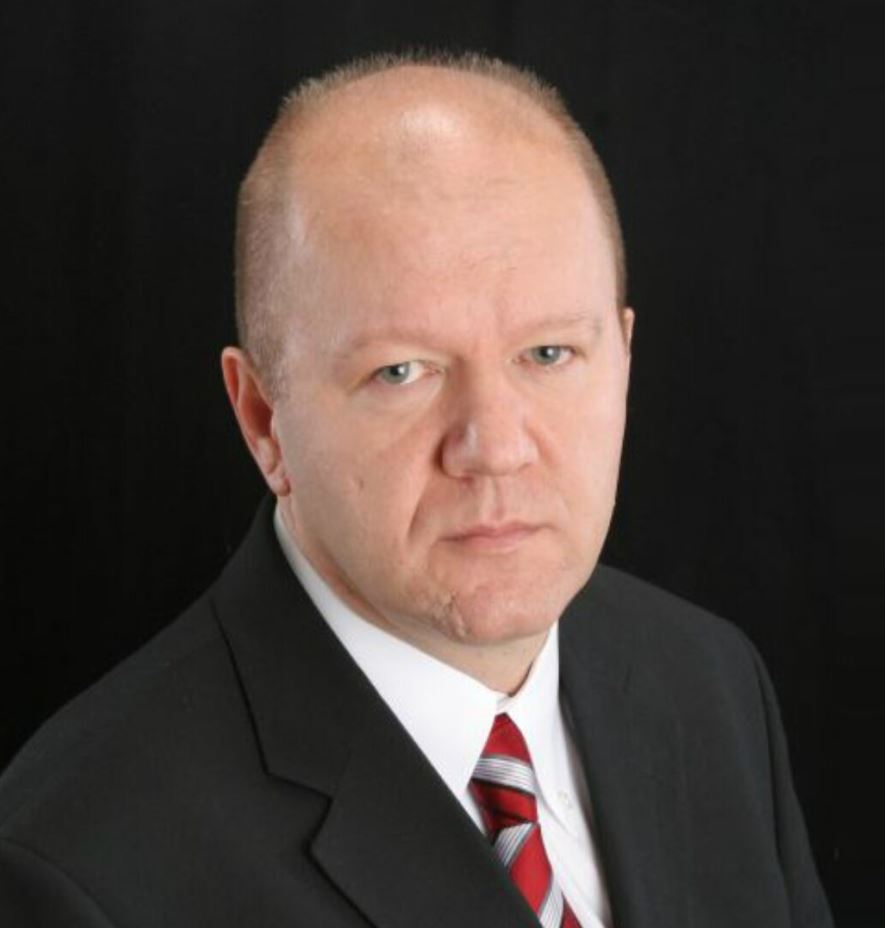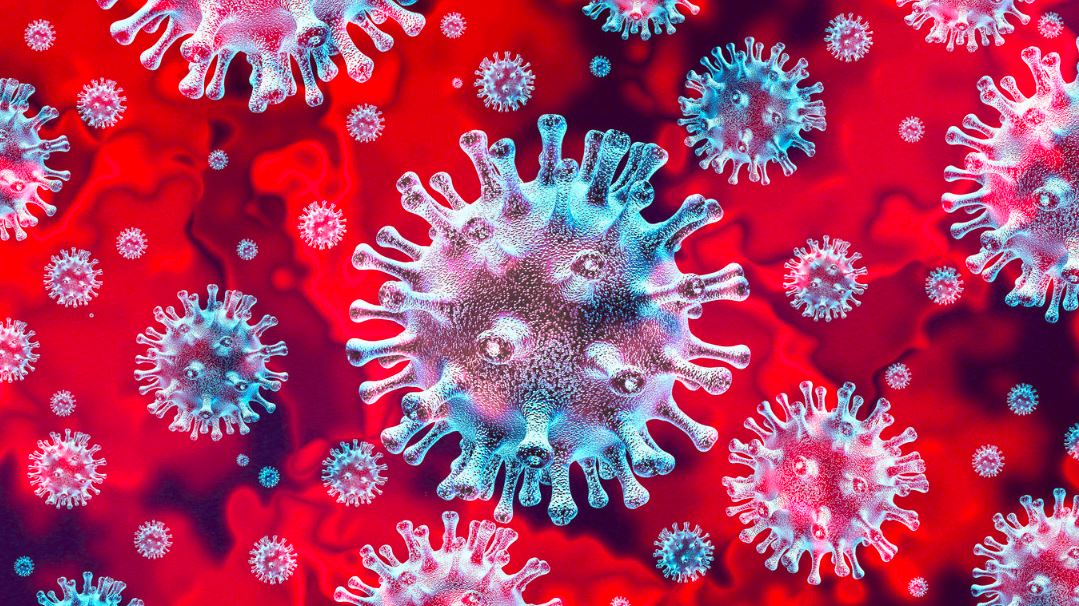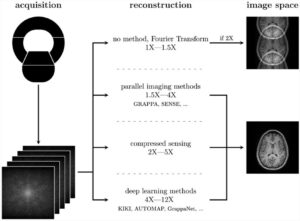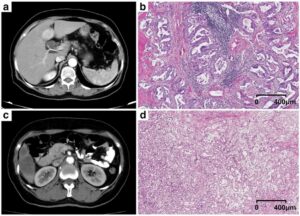The COVID-19 pandemic has seen doctors, healthcare institutions, and companies come together in an international effort to drive innovative solutions in the fight against this disease. AI-powered technology is one path that is being utilized to manage the heavy burden placed on clinicians as their workload increases. Dr. Dorin Comaniciu, who serves as Senior Vice President for Artificial Intelligence and Digital Innovation at Siemens Healthineers, and who you may remember from a previous interview we published on Digital Twin Technology, provided us with insight into a new algorithm developed by Siemens Healthineers, CT Pneumonia Analysis, and how it plans on making an impact.
What is CT Pneumonia Analysis and how does it work?
While the role of CT and X-ray for diagnosis is currently being debated, preliminary studies have shown that chest CT imaging of the lung can improve RT-PCR’s sensitivity in patients who are suspected of having COVID-19. The primary features seen in lungs affected by COVID-19 are peripheral focal or multi-focal ground-glass opacities, consolidation, and crazy-paving patterns. Most patients infected with COVID-19 exhibit CT abnormalities and the extent of these changes seem to correlate with the severity of the disease.
Due to the high reproduction rate and infectious nature of COVID-19, tools for rapid testing and evaluation are essential for tracking and mitigating the spread of the disease. We’ve designed an algorithm to support the faster characterization of radiological findings: It automatically identifies and quantifies the abnormal tomographic patterns commonly present in chest CT exams of COVID-19 patients. Our system takes as input a non-contrast chest CT, and it then detects and 3D-segments the lungs, lobes, and lung abnormalities associated with COVID-19. It delivers two combined severity measures that quantify the degree of the abnormalities and the presence of high opacity in the lungs and in each lobe. High opacity was shown to correlate with severe symptoms. In this blog, we will focus on the percentage of opacity (PO) as a measure of disease severity, which is defined as the total percent volume of the lung parenchyma that is affected by the disease.
As a follow-up, where do you get the data that’s used to train the algorithm?
We used datasets from multiple institutions around the world, primarily in Canada, Europe, and the U.S. The datasets were de-identified and collected retrospectively after the study had been cleared by each institution’s ethics board. Non-contrasted chest CT datasets that show both lungs in their entire field of view were used to train two models: one for lung and lobe segmentation and the other for abnormality segmentation. The ground truth was established by a team of 25 expert annotators under the supervision of three board-certified radiologists. A radiologist reviewed and corrected each dataset for any areas missed or that needed to be removed from the final mask. We evaluated the method’s accuracy for estimating the various disease severity measures on a previously unseen database of 100 COVID-19 cases and 100 controls. The Pearson Correlation Coefficient between the percentage of opacity predicted by this method and the one given by the ground truth is 0.95.
How are CT Pneumonia Analysis and other AI tools helping with the overload we’re seeing at hospitals around the world?
When radiological findings are used to confirm a patient’s COVID-19 diagnosis, the radiologist’s workload is significantly increased because more and more cases need to be read, annotated, and prioritized. AI-powered tools have the potential to reduce the growing burden on radiologists by quickly providing automated results that make their work more efficient. Our system is capable of computing the severity scores in approximately 10 seconds per case versus 30 minutes for manual annotations. These results could be used to rapidly assess the extent of lung infection and monitor the progression of abnormalities in patients exhibiting COVID-19 symptoms.
At which stages – from diagnosis to discharge – can the CT Pneumonia Analysis and other AI tools be helpful to clinicians and hospital staff?
The CT Pneumonia Analysis could be a powerful tool for identifying lesions in CT images, quantitatively characterizing findings, and comparing changes between exams, which is crucial for patient-centric precision medicine. This means that it could help clinicians answer several questions during patient triage, diagnosis (in combination with RT-PCR tests and epidemiological risk), assessment of severity and progression, and the response to treatment alternatives in patients exhibiting COVID-19 symptoms. We see a potential to help clinicians and hospital staff in all the key stages along the clinical pathway.
Because this is truly an international effort, how accessible will this algorithm be for hospitals and clinics around the world?
I’d like to mention the great support and clinical advice we’ve received from our global research network of hospitals and clinics during the development of the AI prototype. We gratefully acknowledge the contributions of Clínica Universidad de Navarra (Navarra, Spain), Health Time (Jaén, Spain), Hôpital Foch (Suresnes, France), Houston Methodist (Houston, USA), Northwell Health (New York, USA), Penn Medicine (Philadelphia, USA), University Hospital Basel (Basel, Switzerland), Vancouver General Hospital (Vancouver, Canada), and many other frontline healthcare institutions. Due to the pressure accompanying the global COVID-19 pandemic, our goal is to speed up the development of our current research-only algorithm. Our organization has decided to make the research prototype on all our reading and interpretation platforms available to as many customers as possible. They can access the “syngo.via openApps CT Pneumonia Analysis” in the Siemens Healthineers Digital Marketplace. For current syngo.via Frontier users, the “syngo.via Frontier CT Pneumonia Analysis” is automatically included in their syngo.via Frontier Prototype Store. We have also added the “AI-Rad Companion Research CT Pneumonia Analysis” to our existing family of AI-powered augmented workflow solutions that run on the teamplay digital health platform. We strongly believe in collaborative development processes, and we’re convinced that co-created clinical insights are the best way to improve AI algorithms.
Do you see applications for CT Pneumonia Analysis post-COVID-19?
At Siemens Healthineers, we have a product family called the AI-Rad Companion that supports clinicians with automatic processing of imaging datasets using AI-powered algorithms. The images are transferred automatically from the imaging scanner to the AI-Rad Companion, which runs on the teamplay digital health platform and produces the image analysis results. They’re then pushed to the radiologist’s reading environment. In a post-COVID-19 scenario, we see the current CT Pneumonia Analysis being automatically triggered by a different module that we have in development for detecting and classifying COVID-19 or pneumonia in chest CTs. This means that each chest CT analyzed in the future by the AI-Rad Companion can potentially be checked for the presence of COVID-19 or pneumonia patterns. If those indications are present, the extent of the disease would be measured and reported.
Learn more about the CT Pneumonia Analysis here.
¹ For Research Use Only. Not commercially available. Not for use in diagnostic procedures.

Dr. Dorin Comaniciu serves as Senior Vice President for Artificial Intelligence and Digital Innovation at Siemens Healthineers. His scientific contributions to medical imaging and machine intelligence translated into multiple clinical products focused on improving the quality of healthcare, specifically in the fields of diagnostic imaging, image-guided therapy, and precision medicine.
Comaniciu is a member of the National Academy of Medicine and a Fellow of IEEE, ACM, Medical Image Computing and Computer Assisted Intervention Society, and American Institute for Medical and Biological Engineering.
Comaniciu holds 300 patents and 500 patent applications in the areas of machine intelligence, medical imaging, and computer vision. He has co-authored more than 350 peer-reviewed publications, including best papers in CVPR and MICCAI, and co-wrote the book “Marginal Space Learning for Medical Image Analysis”. Furthermore, Comaniciu has recently co-authored a book in Academic Press entitled “Artificial Intelligence for Computational Modeling of the Heart” and the research article “Towards Personalized Cardiology: Multi-Scale Modeling of the Failing Heart“.














